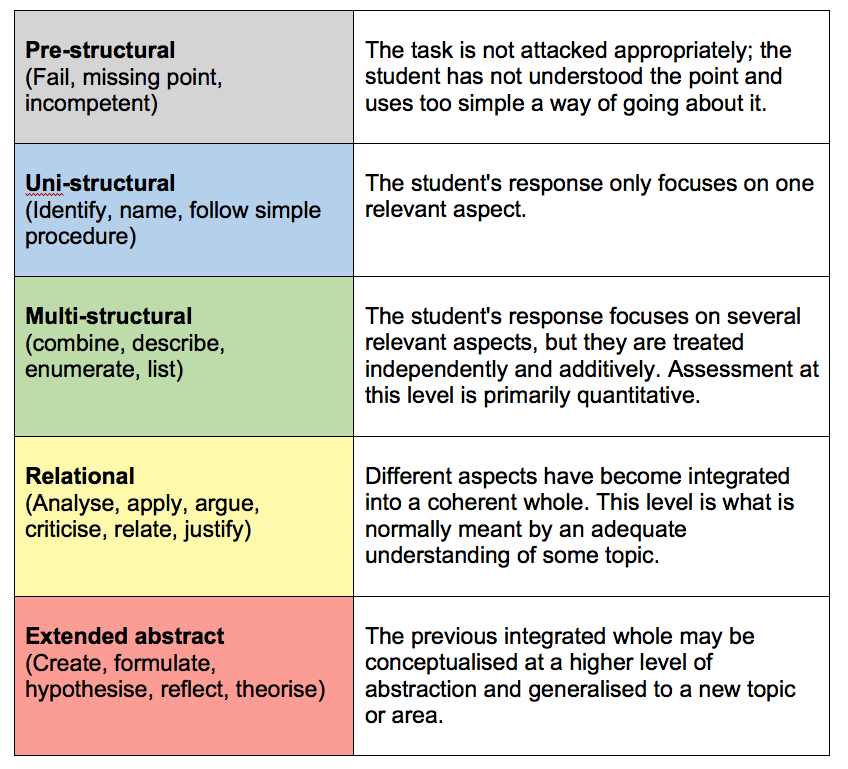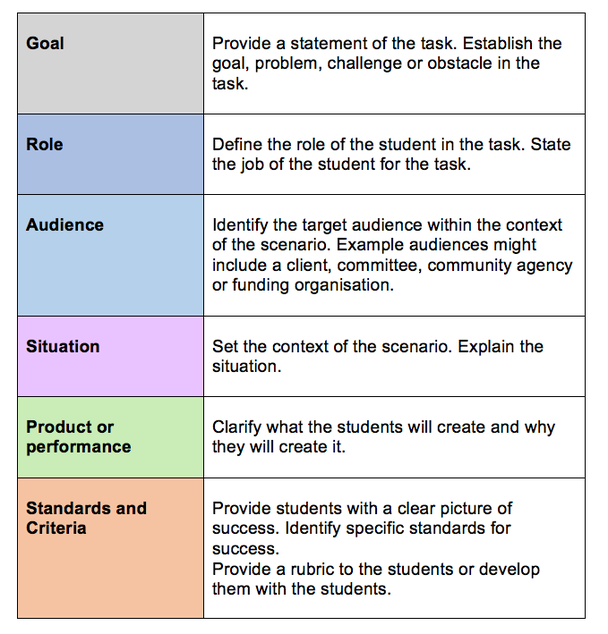|
Working in the field of learning design for almost a decade, I decided to write a conference paper on developing compelling subject outlines for EdMedia 2017. This blog post is a summary of my upcoming publication to help academics to implement blended learning initiatives. There are strategic writing rules to engage students in reading subject outlines; the first rule is to write the content succinctly, which means clear writing using active sentences to attract student’s attention. The writing needs to stay focus, distill content and eliminate redundancy. It is crucial to use a conversational style and means writing the information as having a conversation. This principle is called personalisation in multimedia learning and has been found to have a positive impact on learning. Using precise terms when writing and considering the audience is important as it may be students with English as an Additional Language (EAL). They will respond better to terms that are easy to understand and quick to read. Finally, keeping sentences short and to the point helps readers to understand and engage with the content. Subject Learning Objectives Design learning outcomes that are measurable can be challenging. Often tasks are confused with learning objectives. Also, vague words are used such as ‘be familiar’, ‘have knowledge’, ‘demonstrate understanding’ or ‘appreciate’. These words cannot be measured by assessment tasks. Active verbs need to be used to write learning outcomes. The SOLO Taxonomy (Structure of Observed Learning Outcomes) is a model that describes levels of increasing complexity in student's understanding of a topic (Table 1). Other taxonomies include Bloom’s Taxonomy and SAMR model. Table 1: SOLO Taxonomy and the levels of understanding Writing realistic and measurable subject learning objectives will facilitate the mapping of assessment tasks. Teaching and Learning Strategies This section is a core area of a subject outline, and the intent is to communicate to the students how they will be learning during the semester. This section needs to spell clear how the learning design is organised. It is highly recommended to write this section using elegant, professional, expressive, readable and understandable language. Key concepts to consider to write this section are:
Assessment tasks Each assessment task should be linked to the relevant subject learning objectives, Faculty/School graduate attributes and with Course Intended Learning Outcomes (CILOS). Constructive alignment ensures that learning outcomes are aligned with assessments and task the students will perform during the semester. This approach is globally required in higher education institutions, as it will ensure the quality of teaching and learning. Authentic assessment is a task that represents a real-life scenario and should satisfy the following criteria:
I usually introduce the GRASP Model to my colleagues to facilitate the design of an authentic task: Table 2: The GRASP model to create an authentic task. Good examples of authentic assessments can be considered:
Summary Following these recommendations will ensure your subject will be (or close to being) blended learning compliant. Teaching is not only about knowing the subject content but understanding basic educational principles to engage students in active, meaningful and transformative learning. Designing a perfect subject outline is an iterative process that can take several semesters to polish. Educational technology has the potential to improve learning in higher education. We need to make education relevant to the times we live. Technology has created a new order in society; we cannot deny this to a future generation of professionals. Just to bear in mind, first is pedagogy and instructional approaches, then embedding the technology in a meaningful way. The full paper will be published at the The Learning and Technology Online Library in July. Happy to send a copy of accepted manuscript on request.
0 Comments
|
AuthorDr Jorge Reyna Archives
August 2021
Categories
All
Copyright © 2023
jorge-reyna.com, All Rights Reserved. |




 RSS Feed
RSS Feed
